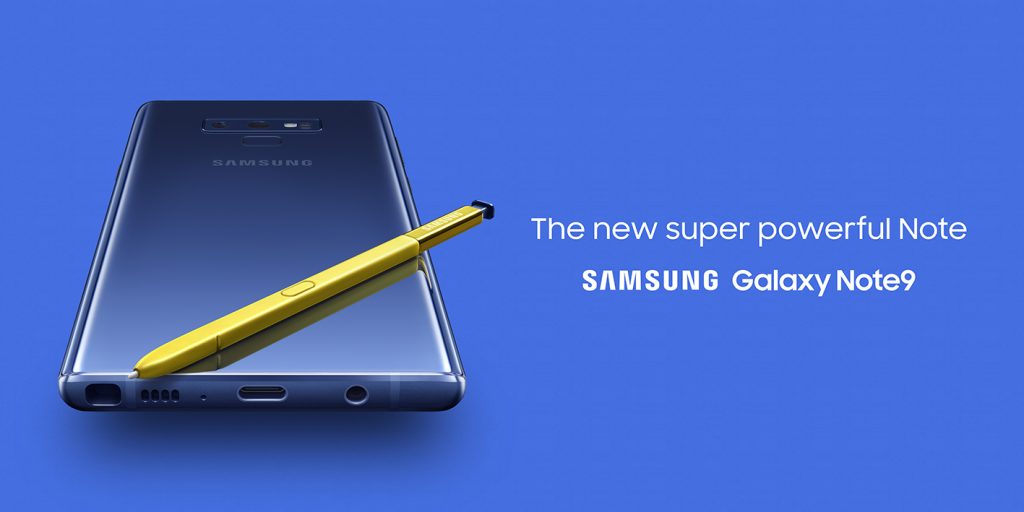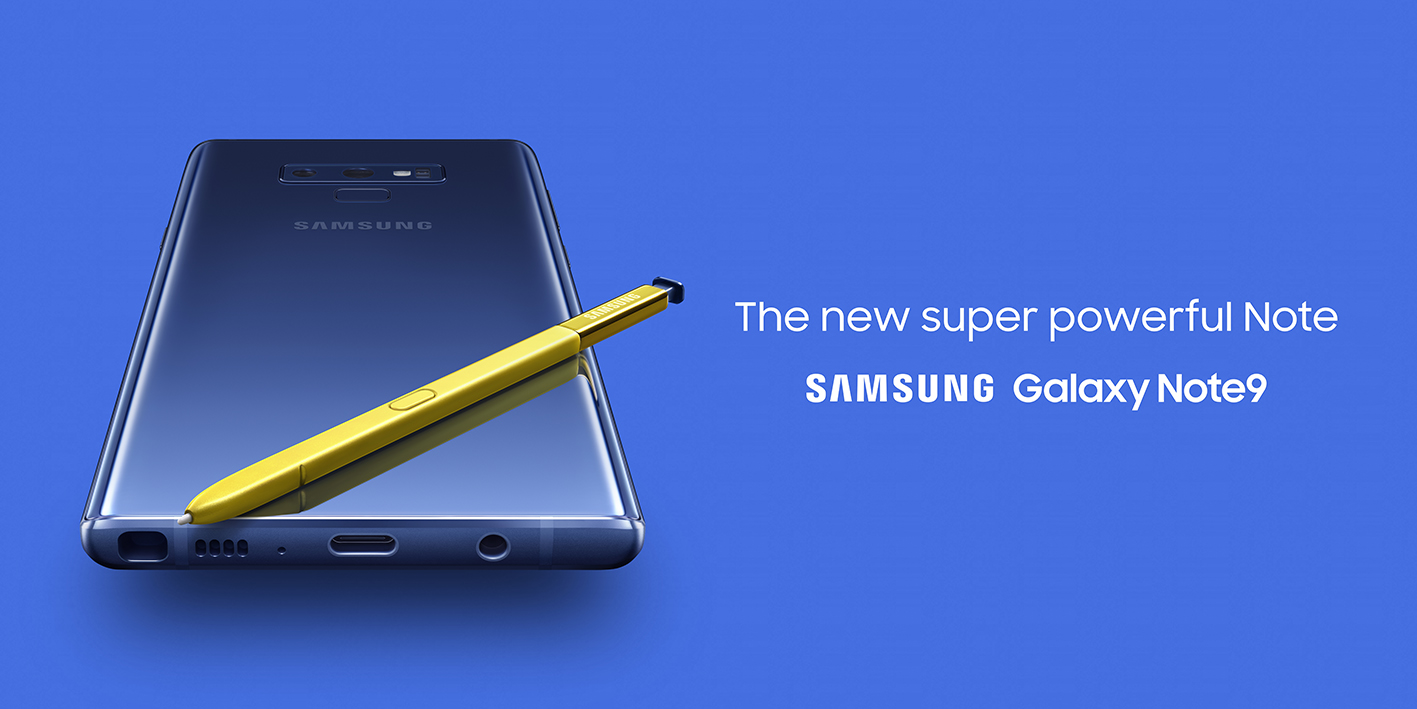
For a while now we have heard rumours surrounding the new S-pen in the Note9. It was meant to have Bluetooth functionality that would allow it to interact with the phone from afar — and so it does. One thing everyone wondered was how they would power it? With a small battery? Turns out it is not a battery inside it after all.
Now that the Samsung Galaxy Note9 is official the lid has been lifted on the circuitry inside not just the phone but also the S-pen. The S-pen it turns out is not powered by a traditional battery but by a supercapacitor. Phonearena have researched supercapacitors extensively especially for their use in mobile tech and have analysed the pros and cons of this technology inside the S-pen.
Supercapacitors store energy just like a battery but using a different mechanism. The process of them charging and discharging does not degrade them as fast as traditional batteries do. Everyone knows that a battery on a device will degrade over time affecting battery life in a negative manner. You can imagine that if a battery was inside the S-pen it would discharge and charge every single time the S-pen was removed from the phone resulting in massive degradation of the battery. Using a supercapacitor gives the S-pen life for up to a decade if used properly (and we assume Samsung would have done this).
Another reason Samsung have used a supercapacitor is that there is no negative impact on them if left fully charged for the entire day and you would expect this to be the case for many S-pen users. A battery, if left fully charged for an extended period of time will swell and cause issues with its use and the device it is in. Ont he other hand a supercapacitor can be left charged for months at a time and not affect it’s longevity.
Lithium batteries are apparently difficult to charge in that they go through certain stages and require specialised circuitry before they are fully charged. Supercapacitors can be charged hundreds of times faster than a traditional battery — something you want in an S-pen where you may be using it remotely and want to quickly begin using it again. The S-pen charges fully in just 40 seconds, using up a fraction of a fraction of a percentile of the Note9’s battery power while doing so.
The only downside to using a supercapacitor is that it cannot hold much charge, hence the S-pen battery life being just 30 minute — but with a 40 second charge time this downside is minimal at most. You will still be able to use the S-pen for note taking with no power, just there will no longer be any Bluetooth connectivity until charged again.
With Samsung opening up the Bluetooth functionality to third party developers later this year you can bet the S-pen will become even more useful in time. Samsung have thus done us all a favour in including a supercapacitor and not a battery in the S-pen, assuming it continues to function as it should long term. Time will tell but I look forward to testing it out.






